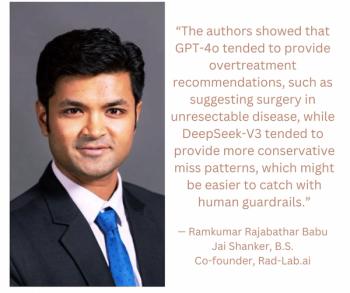
Diagnostic Imaging's A Look Ahead: Jan. 11, 2021, to Jan. 14, 2021
Here's what to expect this week on Diagnostic Imaging.
In this week’s preview, here are some highlights of what you can expect to see coming soon:
Healthcare disparities and inequities are known to exist in diagnostic imaging. Research published in the American Journal of Roentgenology takes a look at imaging utilization across Medicare beneficiaries in emergency departments nationwide. Results indicate that African American patients are nearly one-third less likely to receive advanced imaging that their white counterparts. Look for more in-depth coverage this week.
In the meantime, you can find additional health disparities coverage
For more coverage based on industry expert insights and research, subscribe to the Diagnostic Imaging e-Newsletter
Providers cannot rely on the initial severity of a patient’s case of COVID-19 to determine whether he or she will have long-term respiratory complications. This week, findings published in the Annals of the American Thoracic Society outline, based in part on CT and X-ray images, that common complications that linger after COVID-19 infection appear to be unrelated to how severe the patient’s case is. Keep your eyes open for more details this week.
For additional COVID-19 complications coverage, click
It’s January, and the Radiological Society of North America (RSNA) is starting the year with a new president, Mary C. Mahoney, M.D., Benjamin Felson Endowed Chair and Professor of Radiology at the University of Cincinnati (UC) College of Medicine. This week Diagnostic Imaging spoke with her about her priorities for RSNA over the coming year, as well as what she sees as the challenges and opportunities for the industry going forward. Watch for our interview with her in the coming days.
For more RSNA coverage, click
Newsletter
Stay at the forefront of radiology with the Diagnostic Imaging newsletter, delivering the latest news, clinical insights, and imaging advancements for today’s radiologists.




























